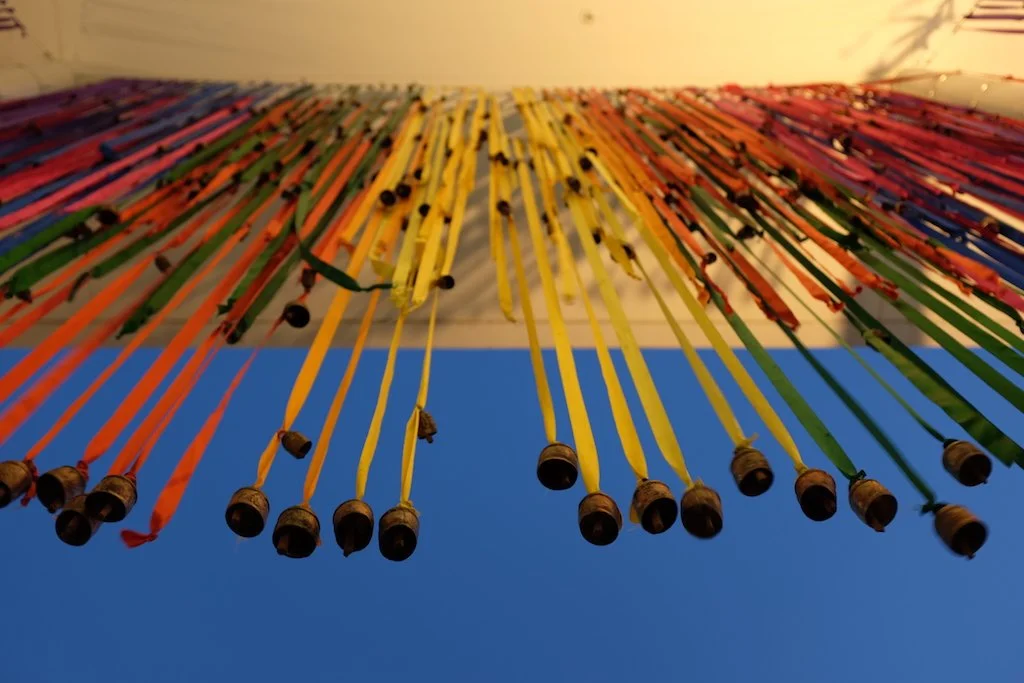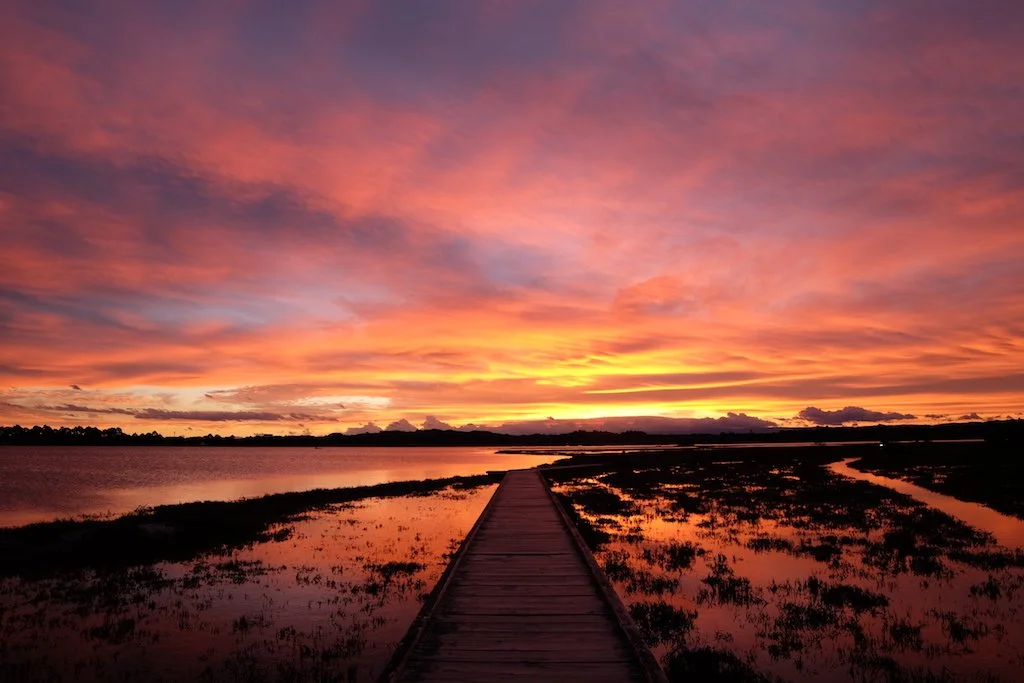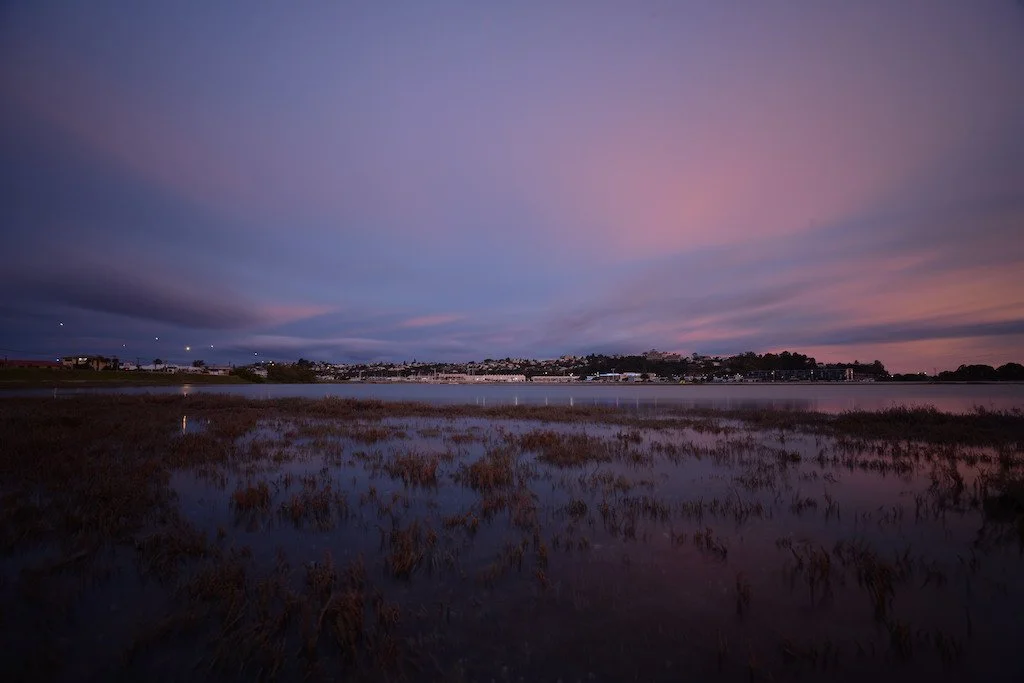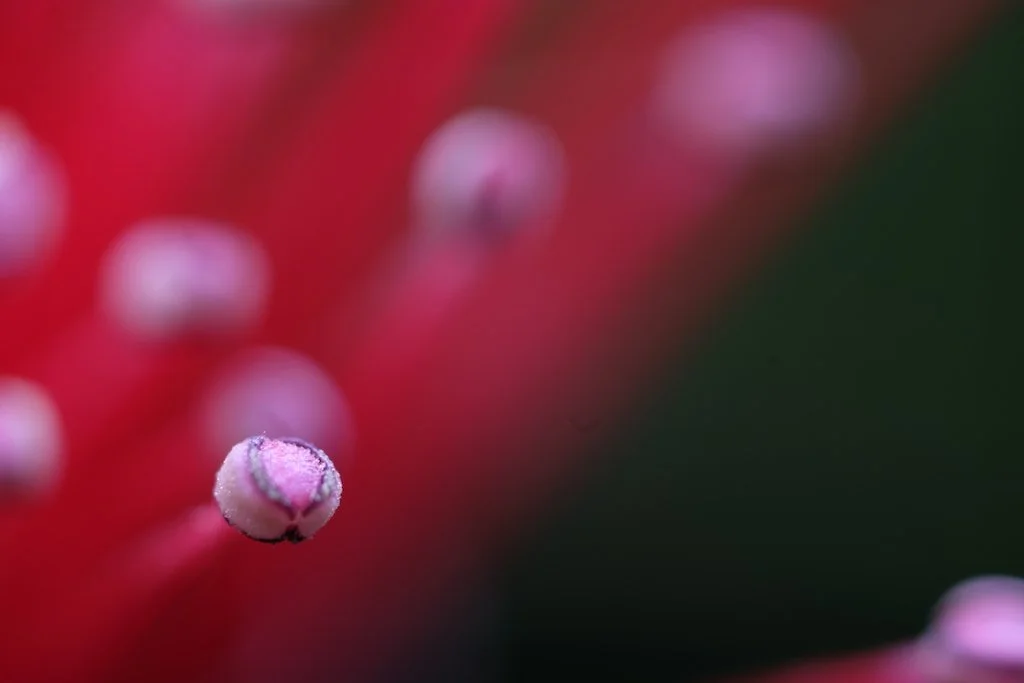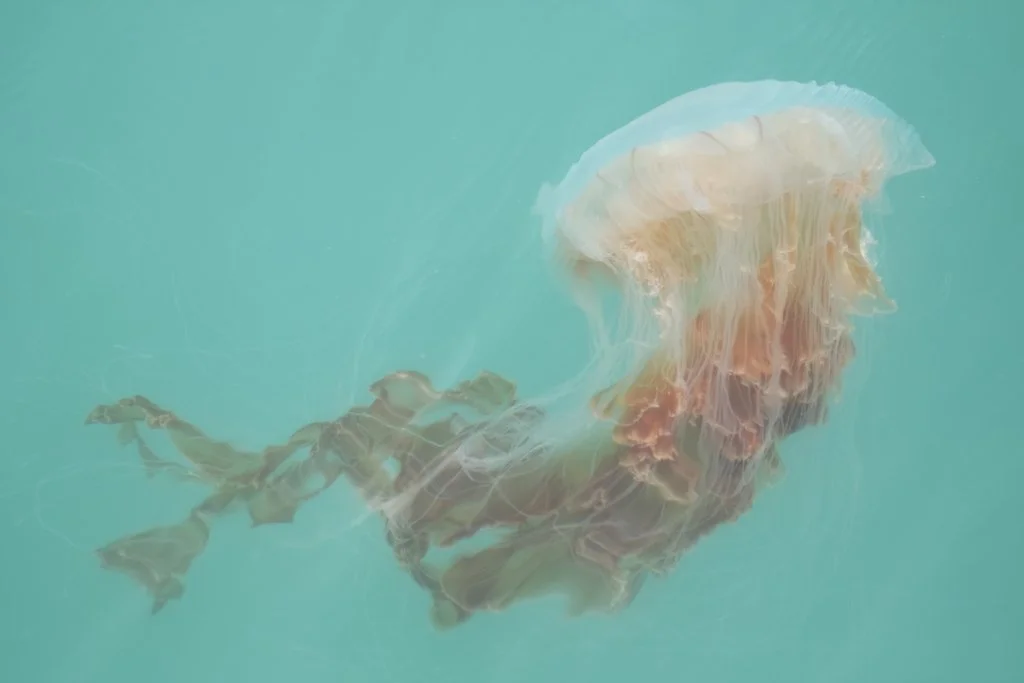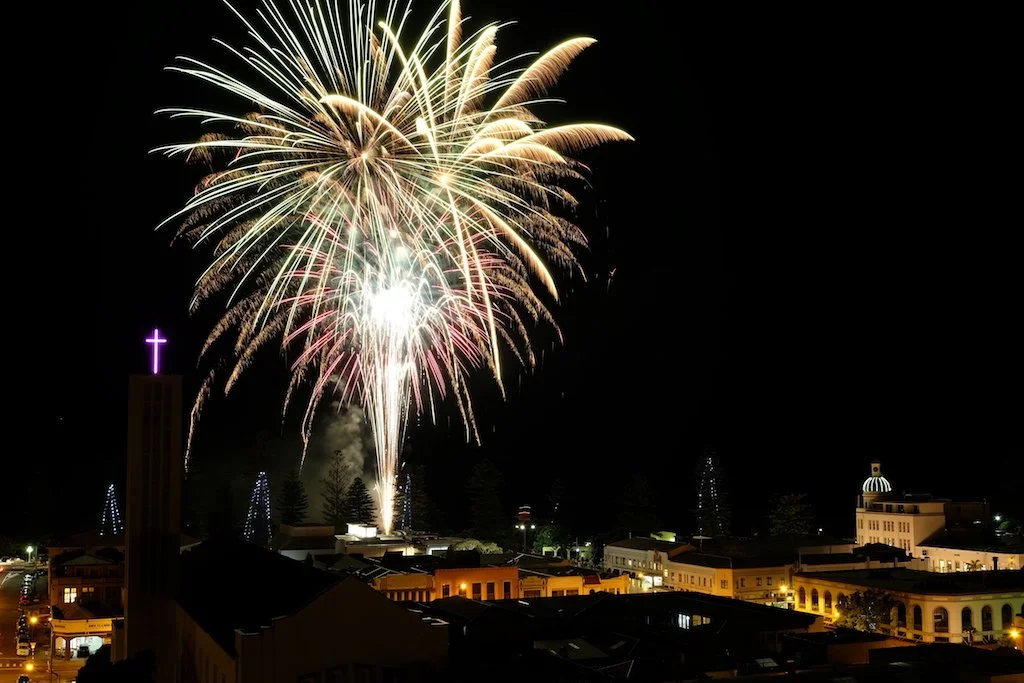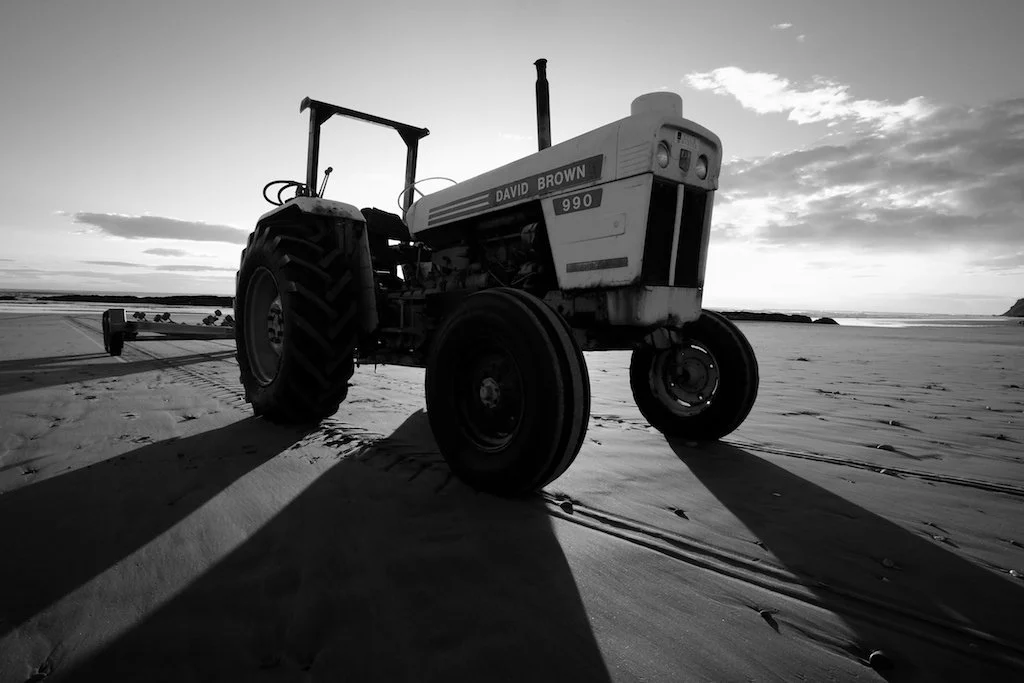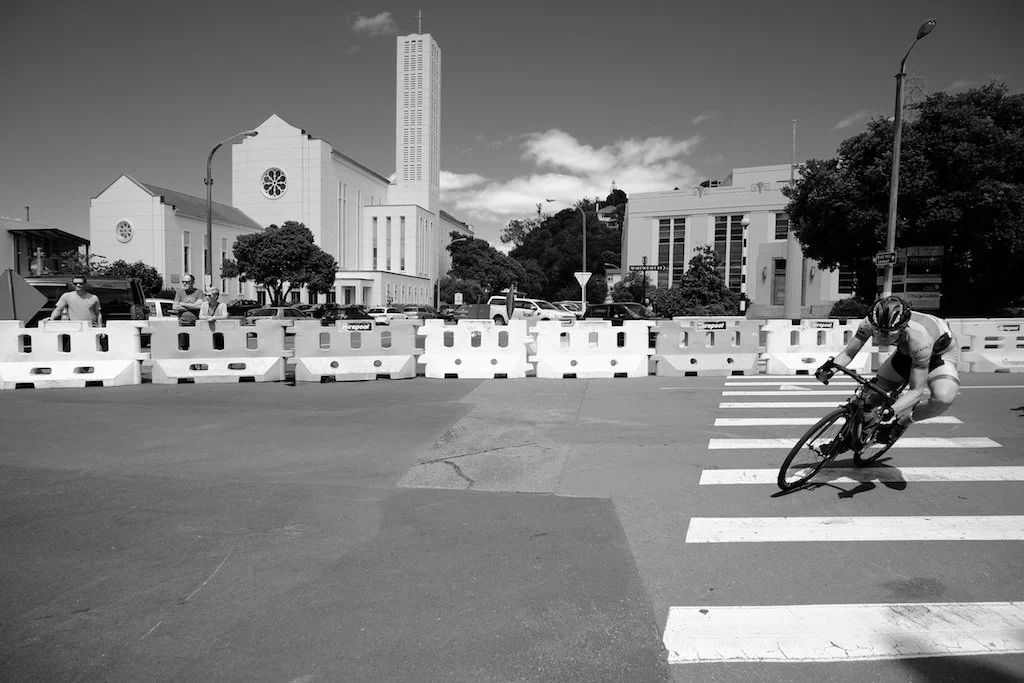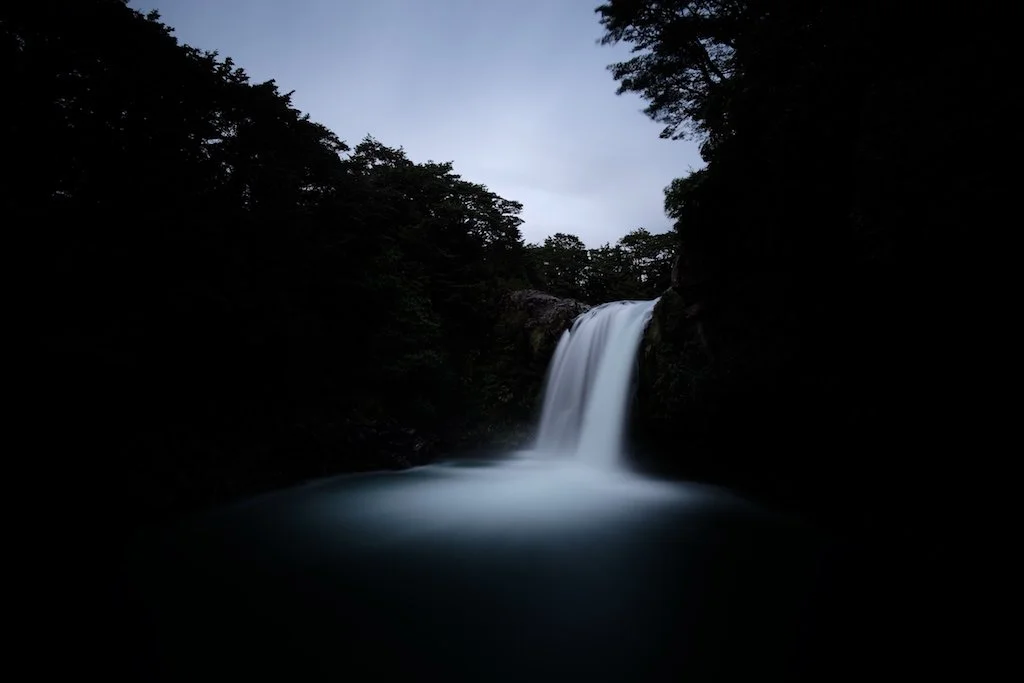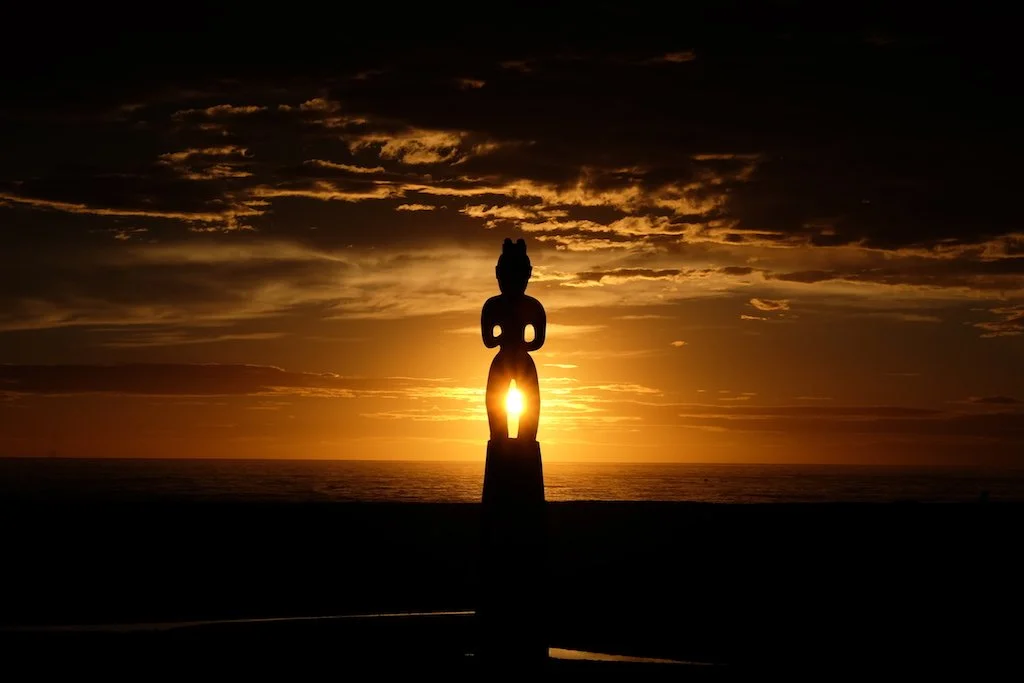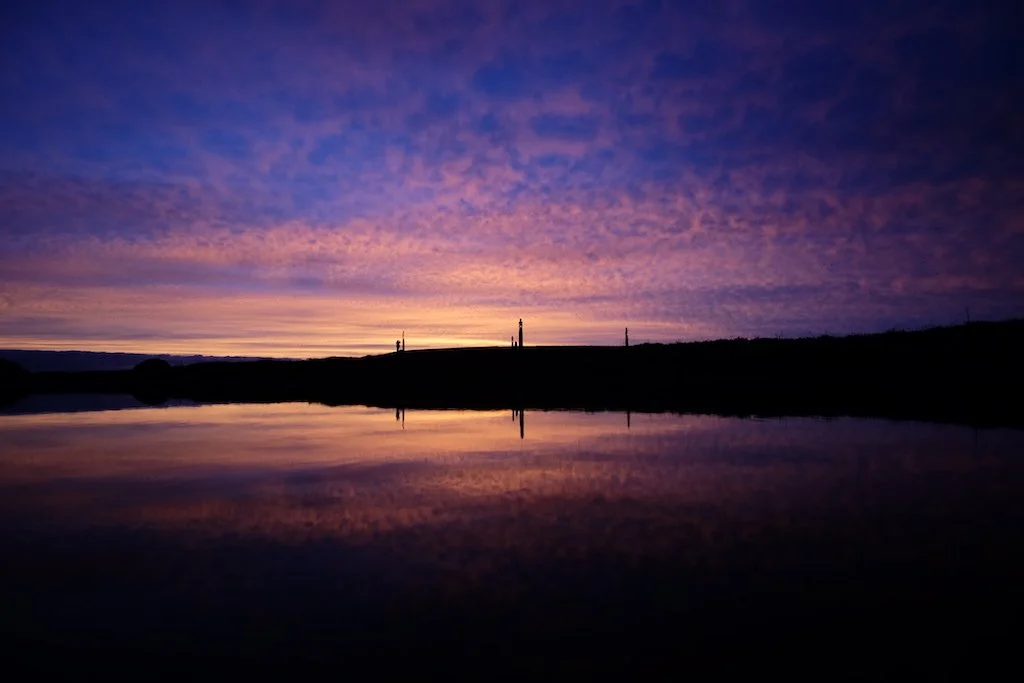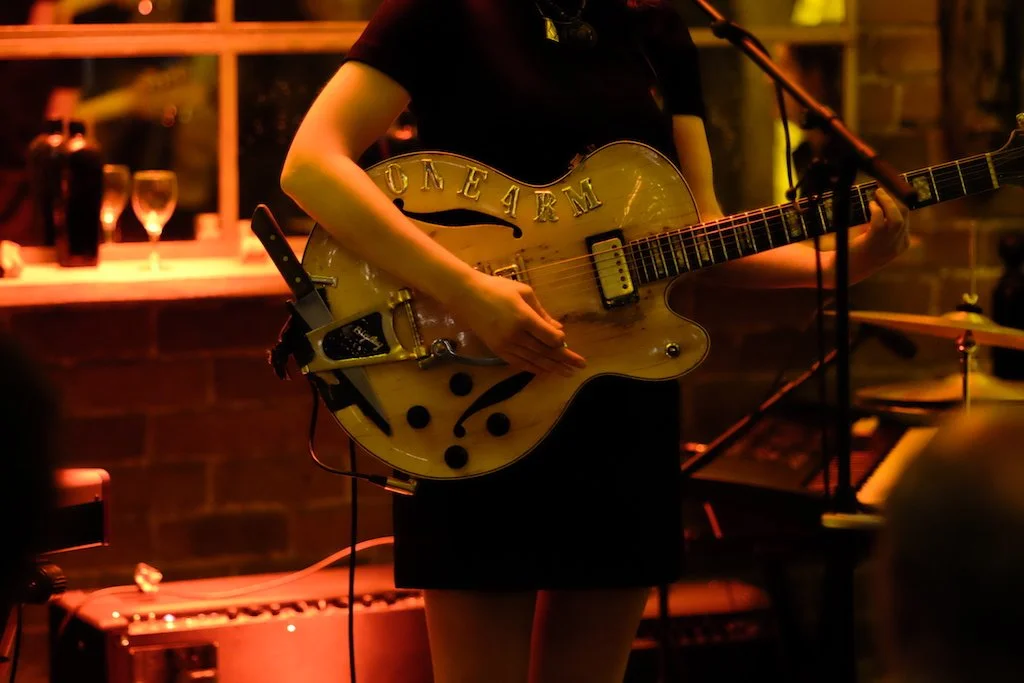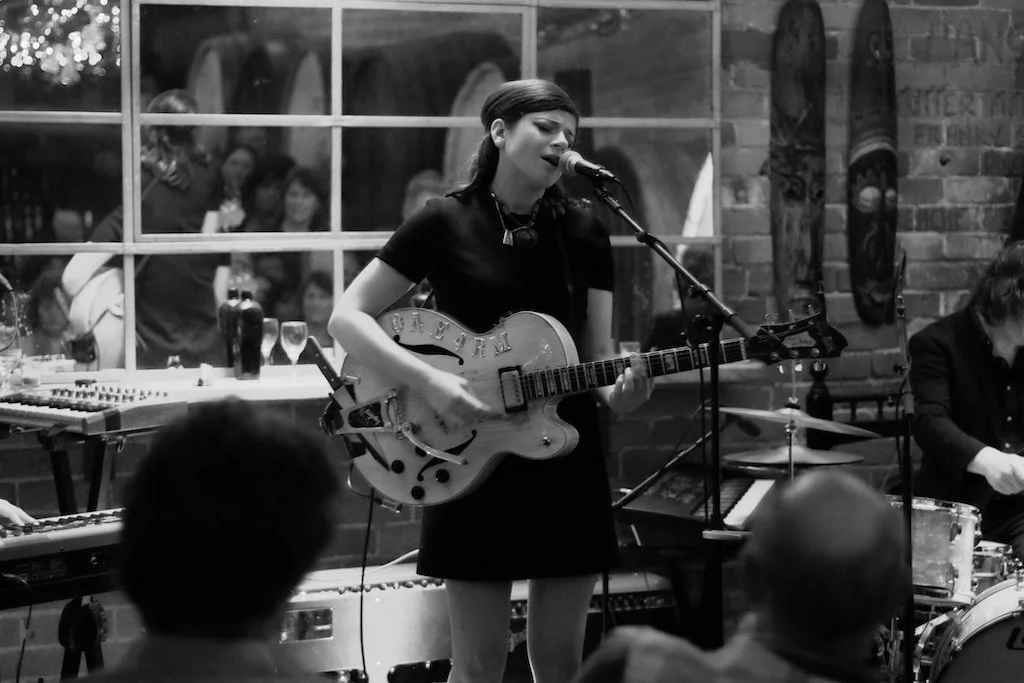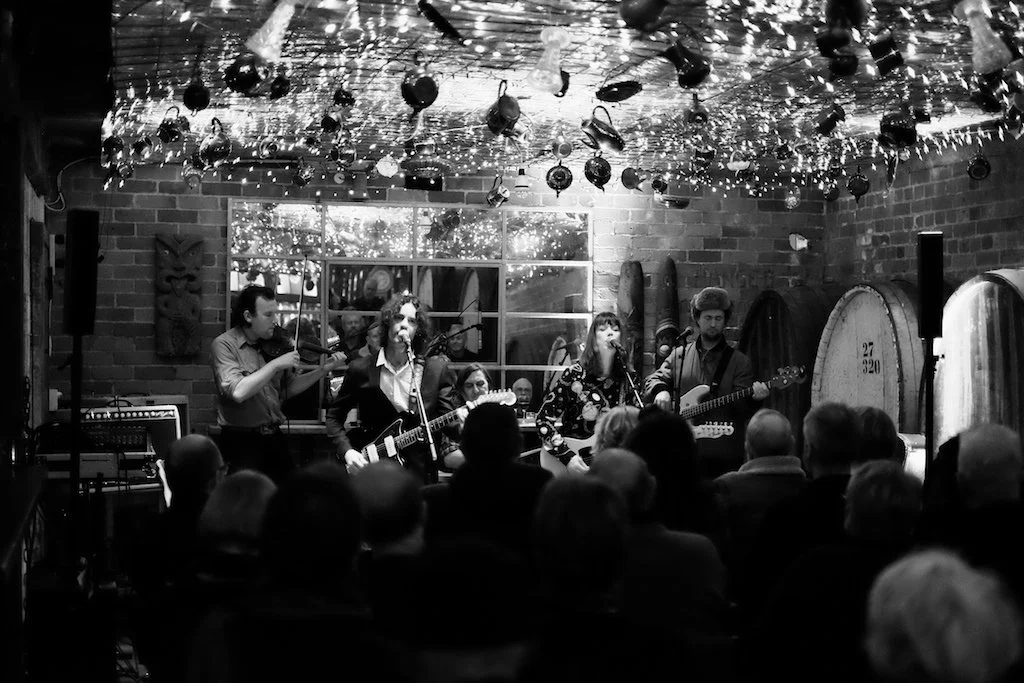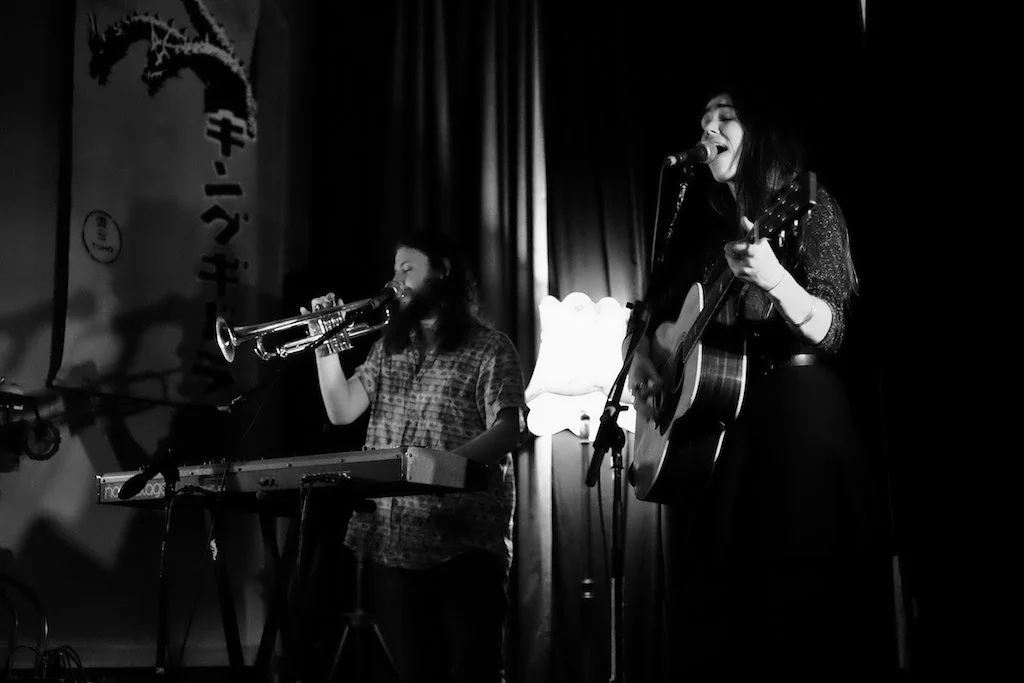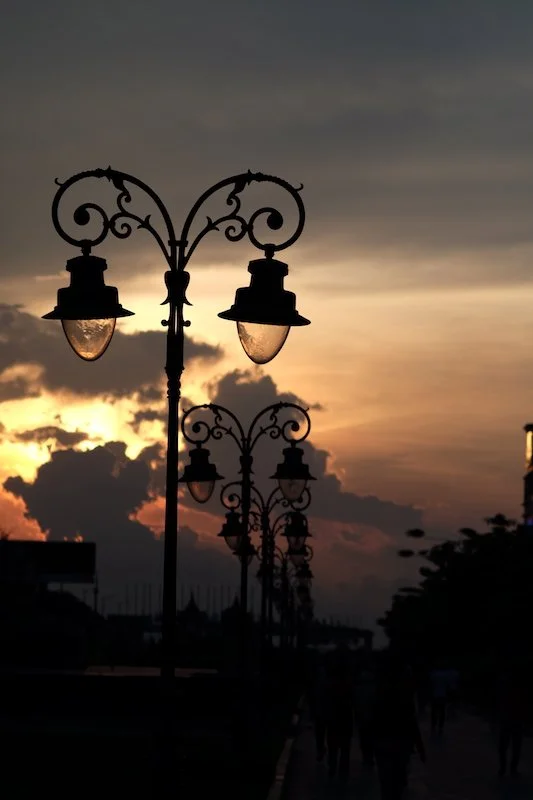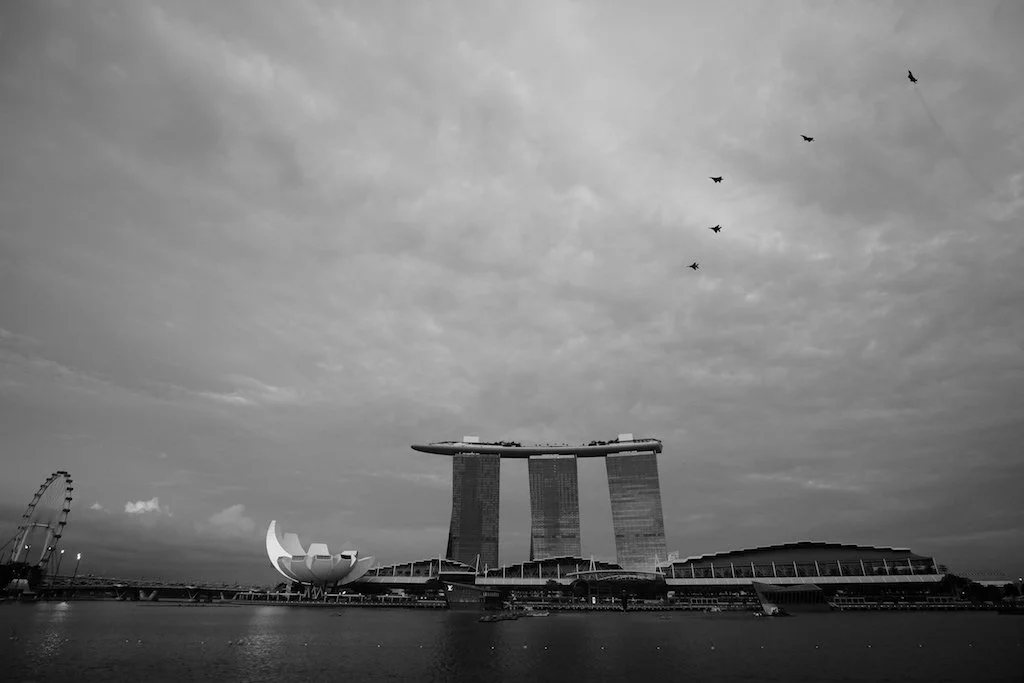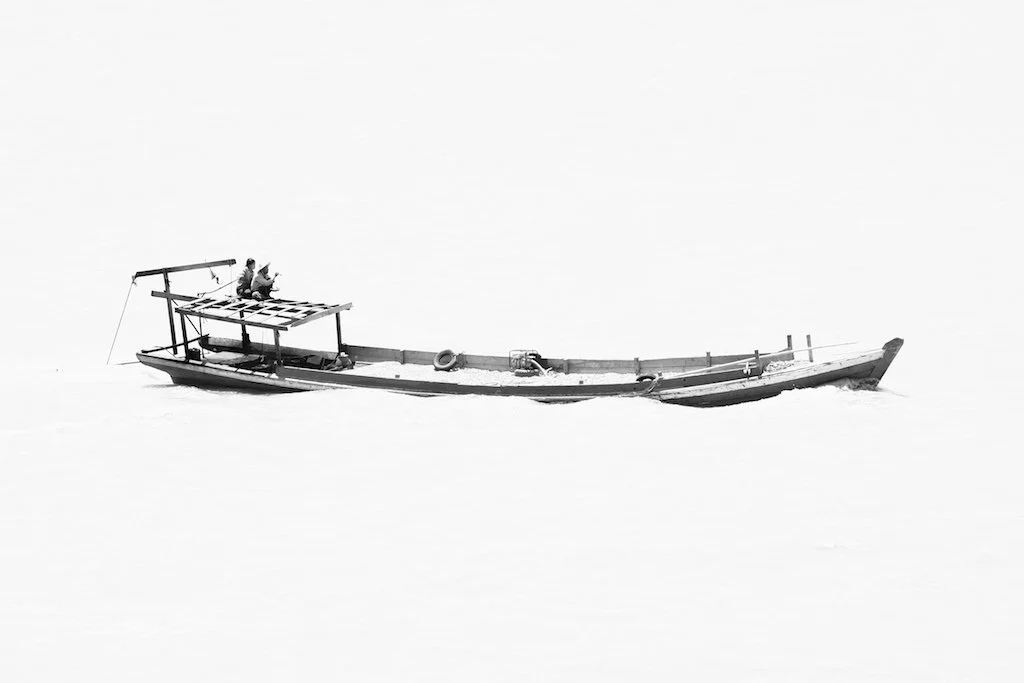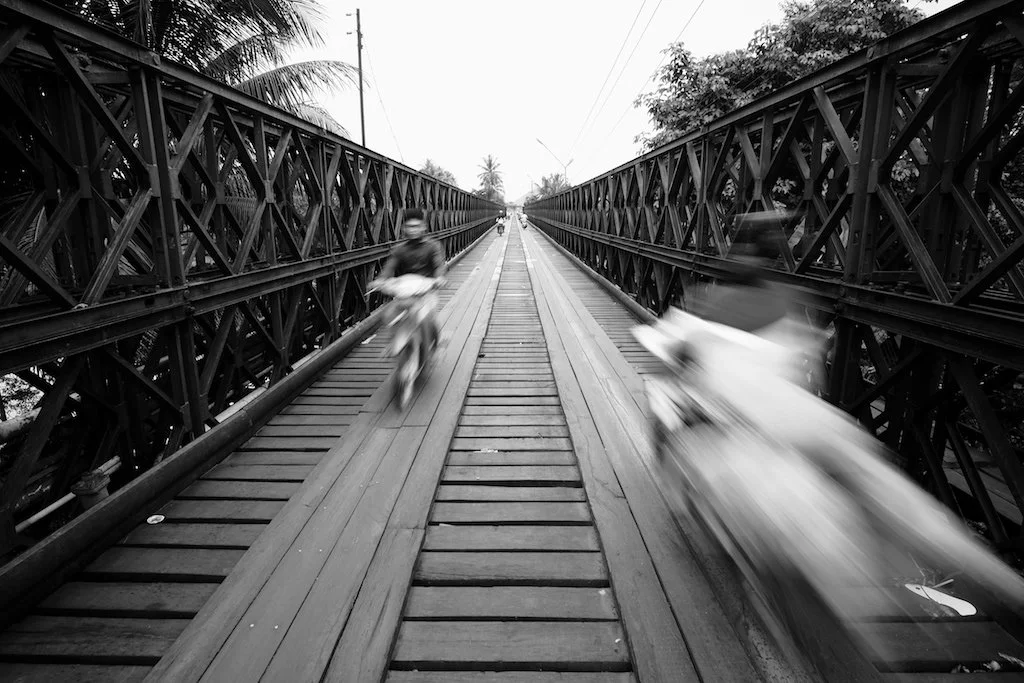Ah, those jpegs: Fujifilm Part 2
So in a previous blog ( http://ankhphotography.net/blog/2017/1/8/size-matters-fujifilm ) I covered how and why I purchased a whole lot of Fujifilm gear, and in this blog I will share my thoughts on the system, and the good and bad of the gear I have.
Again this is only my opinion, feel free to think differently.
A quick recap of the Fujifilm system I have (my kit has expanded a little since the previous blog!) :
- Fuji film X-E3 camera
- Fujifilm X-E2 camera with latest firmware update ( to provide the same functionality of the newer X-E2s
- Fujinon 18-55mm f2.8-f4 "kit lens"
- Fujinon 27mm f2.8 "pancake" lens
- Fujinon 35mm f1.4 lens
- Fujinon 18mm f2 lens
- Fujinon 50-230 f4.5-6.7 XC lens
- Rokinon 12mm f2.8 manual focus
- K&F adapters for using Nikon lenses on the Fujifilm body
- Assorted accessories like remote triggers etc
Those Jpegs (Note: when I refer to jpegs below I mean those ones straight out of the camera)
So if you have ever done any research on the Fujifilm system, or read any of the comments on social media about Fujifilm cameras, you normally don't need to read very far before someone will say something along the lines of "Wow, the quality of those jpegs".
This is a slightly odd thing to read in the modern world of photography where anyone inquiring about how to shoot good photos / get the most from their camera is told to "shoot RAW, and post process to get a jpeg". For most camera systems this is the best way to get good technical quality from your photos, but with the Fujifilm system there are numerous people promoting, and actively doing in a commercial setting, shooting only jpegs.
So is the Fujifilm system all about the jpeg? No. So why do people go on about quality of the jpegs out of the camera as if it is the second coming of the Messiah?
As someone who was used to shooting with Nikon DSLR's, and specifically the D800, I was used to shooting RAW files in a way that I knew would give me the best results after I had done a bit (or sometimes a lot) of post processing. This generally meant underexposing the shot to retain as much highlight detail as possible. The tradeoff for this style of shooting was that the jpegs that came out of the camera looked dark and flat. And I could see at the time of shooting how the jpegs would look because the image on the back of the camera when reviewing photos was that jpeg.
When I first shot a few test frames with the Fujifilm X100T that I borrowed, over a year ago now, and I looked at the back of the camera I was shocked at how nice the image looked. So I adjusted my settings to be more in line with how I would shoot my Nikon (underexposed) and still the jpegs looked nice; full of colour and well exposed. When I looked at the RAW files from those shots they still had all the qualities that I needed in post processing, but I often found myself just processing the RAW files to look like the jpegs did; which is a very weird, and "time inefficient", experience.
So to test out how good the out of camera jpegs were I set about shooting a photo a day on the Fujifilm cameras (starting with the borrowed X100T and then to the X-E2 which I bought). You can see the 30 photos on this blog post: http://ankhphotography.net/blog/2016/11/30/a-month-in-the-life. All of these photos were shot as jpegs and transferred to my phone then uploaded from there.
It is fair to say that within a couple of days of shooting with the X100T I was sold on the system, and knowing that the sensors in a lot of the cameras in the X range are the same (see the previous blog in this series), I had no hesitation in splashing out on a second hand X-E2.
And I have recently had the chance to shoot my X-E3 camera ( which I purchased about a month ago ) at a wedding alongside my normal Nikon wedding kit, and as I was processing the photos I was really impressed with how the RAW images looked compared to my Nikon ones; again full of colour and detail, and with good dynamic range.
Likes and dislikes
So before I waffle on endlessly about how amazing the whole Fujifilm system is, I will summarise my likes and dislikes generally of the system, based obviously on the limited experience I have using 3 cameras (X-100T, X-E2 and X-E3) in the range (but I think these thoughts are relevant across the range).
Likes:
- small size it is nice to be able to throw the camera with a lens attached into a backpack or satchel without needing to take a dedicated camera bag, or sometimes I can even fit it in the pocket of my cargo shorts (if I have the pancake 27mm or the 18mm lens on it)
- nice looking pictures Simple really; the pictures on the back of the camera look nice, and when they come on to the computer as jpegs they are often good enough just to send out without further tweaking.
- the EVF one of the biggest changes when switching from a DLSR to a mirrorless camera system is the change from an optical viewfinder (ie viewing through the lens of the camera using prisms and a mirror) to an electronic view finder (ie viewing what the sensor is recording). The huge advantage of the EVF is that you can see what the image will look like before you push the shutter; if you dial down the exposure compensation the image in the viewfinder gets dark. Great for when you want an image to have a certain look (like a silhouette) as you can see what you are going to get. And if you set the camera up to shoot Black and White jpegs then you can see the B&W image in the viewfinder as you are shooting, but the RAW files still has all the colour information in it.
- the EVF the Fujifilm is one of the brightest and clearest EVF's around, with virtually no lag (and bear in mind that I have been using a 4 year old version of the EVF; the newer models are even better)
- reviewing photos in the EVF if you take a shot whilst using the EVF then the review of the photo will come up in the EVF as well, this is really useful to be able to keep the camera to your eye and still be able to see the photos you are taking. Also all the menus are visible in the EVF as well.
- dials/rings it is nice to get back to turning dials for the shutter speed and the exposure compensation (on the X-E2 / X-E3 at least, other models have even more dials) and turning a ring on the lens to set the aperture. And the best part is that you can change the settings without even turning the camera on. So nice.
- rear LCD on a DSLR I use the rear LCD screen for reviewing shots and accessing the menus. Switching the LCD to live view to shoot takes a few seconds (moving the mirror out of the way, fire up the sensor etc), and it also looks different to the view through the viewfinder. So I very rarely use it to frame a shot or to shoot with. On the Fujifilm cameras the view through the EVF and the LCD are the same (as they are both electronic views from the sensor) so I find myself using it more and more for composing and shooting with. And it can be set up with the LCD being the default view when you turn the camera on and switching to EVF only when you put your eye to the viewfinder opening, and back to the LCD when you take your eye away.
- electronic shutter the Filmfilm range generally feature a combination of mechanical and electronic shutters (as most mirrorless cameras do). On my little X-E2 I can shoot up to 1/4000sec using the mechanical shutter (ie moving pieces of metal / plastic which open and close to let light onto the sensor) but I can shoot up to 1/32000sec using the electronic shutter (basically like taking a freeze frame of the image during the constant 'recording' by the sensor). This additional shutter speed (whilst there are some technical issues with using it for moving subjects and in some artificial lighting situations) allows a huge range of possibilities when shooting in really bright conditions. i.e. I can shoot in bright daylight with my 35mm lens at f1.4 at 1/32000sec and not overexpose the shot.
- Lenses Fujifilm make a great range of lenses for the X mount cameras, everything from cheaper plastic XC lenses to pro standard XC lenses. One thing that all the lenses have in common: they are great pieces of glass. Some are better than others but none of the Fujifilm lenses are bad. There are also an increasing number of 3rd party lenses available for the Fujifilm system as well.
- Fuji users / service there are a lot of passionate Fujifilm users out there, and a lot of information / help available on line. And having dealt with Fujifilm NZ to get my cameras cleaned / serviced the official support is pretty good too.
- Kaizen (Japanese for "continual improvement" ) as mentioned in the previous blog post, Fujifilm have a policy of continuing to issue firmware updates for cameras and lenses, even when those products are no longer being sold.
Dislikes:
- small size so the small size is a good and bad thing. There is something reassuring and solid feeling about holding a DSLR to your face and feeling the shutter click (or clunk in the case of my D800). It feels like it would take a lot of momentum to move the camera and I think that helps keep the camera steady. I found it hard initially to keep the Fujifilm camera steady even when looking through the viewfinder as it moved a lot more easilty than I expected, but I have got used to it now and it feels natural.
- single cards slots my X-E2 only has a single card slot (as do most of the models in the range), instead of the 2 that is becoming common in all DSLR's. This is an inconvenience for normal shooting but a deal breaker when using the camera for weddings or events where having the images on 2 cards is almost essential in case something goes wrong with one of the cards.
- offset tripod hole yes, that is right, the tripod socket is not in the middle of the camera (it is about 2/3 of the way across the body) and is right next to the battery / card cover. So if you have the camera on a tripod you cannot access the battery or card without removing it from the tripod. Thankfully some of the later models have corrected this design 'feature' (except my brand new X-E3 still has this problem), and in my case when I fitted the hand grip to my X-E2 and X-E3's the tripod socket in the hand grip is then centred.
- small grip being a smaller camera the hand grip on the camera is also smaller. I have bought and fitted the Fuji made hand grip / base plate (MHG-XE) which solves this problem with a bigger area to grip the camera with.
- battery life OMG. All mirrorless cameras suffer from shorter battery life than DSLR's. This is mainly due to having the sensor 'live' all the time the camera is on, whereas a DSLR only uses the sensor when taking the shot and then turns it off again, but also because the batteries are smaller and lighter . The battery lasts for maybe 300 shots in real use, and once the indicator goes from 3 bars to 2 ( on the X-E2 ) then you have about 5 shots left before it dies completely. Lots of batteries need to be bought and carried (I currently carry 3 spare batteries at all times).
- electronic shutter as mentioned in the likes above the electronic shutter has some quirks when using it with moving subjects, but this is just something to be aware of.
That is about all I can think of at the moment to tell you about my Fujifilm experience. I have not regretted for a second purchasing into the Fujifilm System, and on our recent 6 week trip around South East Asia there were only a couple of times ( mainly when I needed a wider angle lens ) that I wished that I had my Nikon gear with me, but hundreds of times when I thought "there is no way I would have got this shot with my Nikon gear".
So to finish this blog off I will include some of my favourite jpegs from the last year of shooting ( just to be clear, these photos are all straight out of camera, with no adjustments. Yes, I know that there are dust spots, wonky horizons, and ( what turned out to be ) a U shaped scratch on the sensor of my X-E3 ) .
